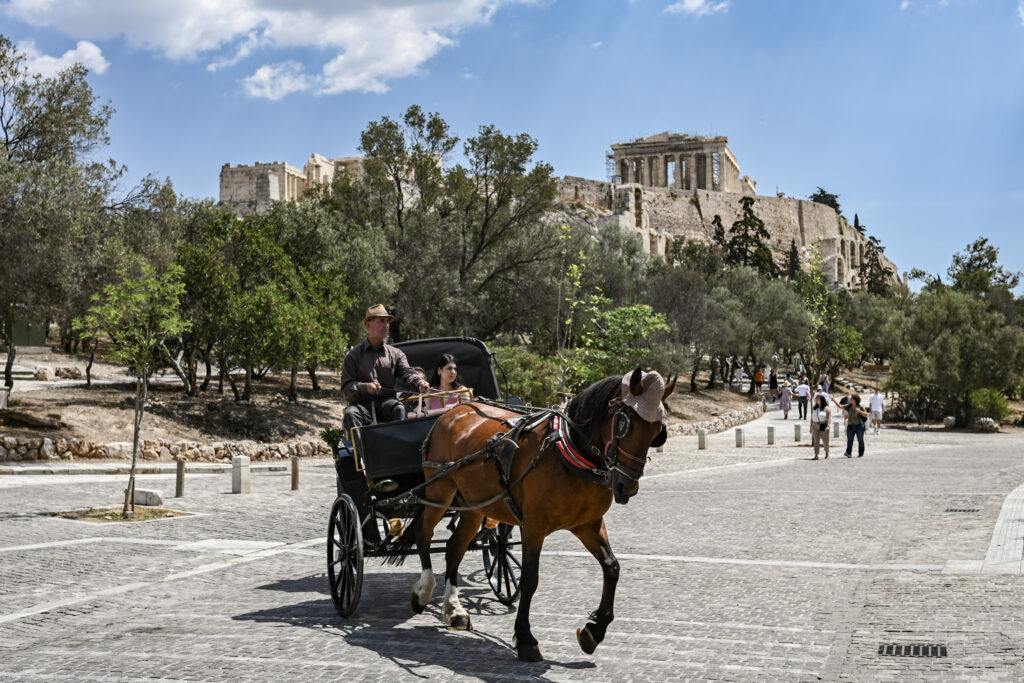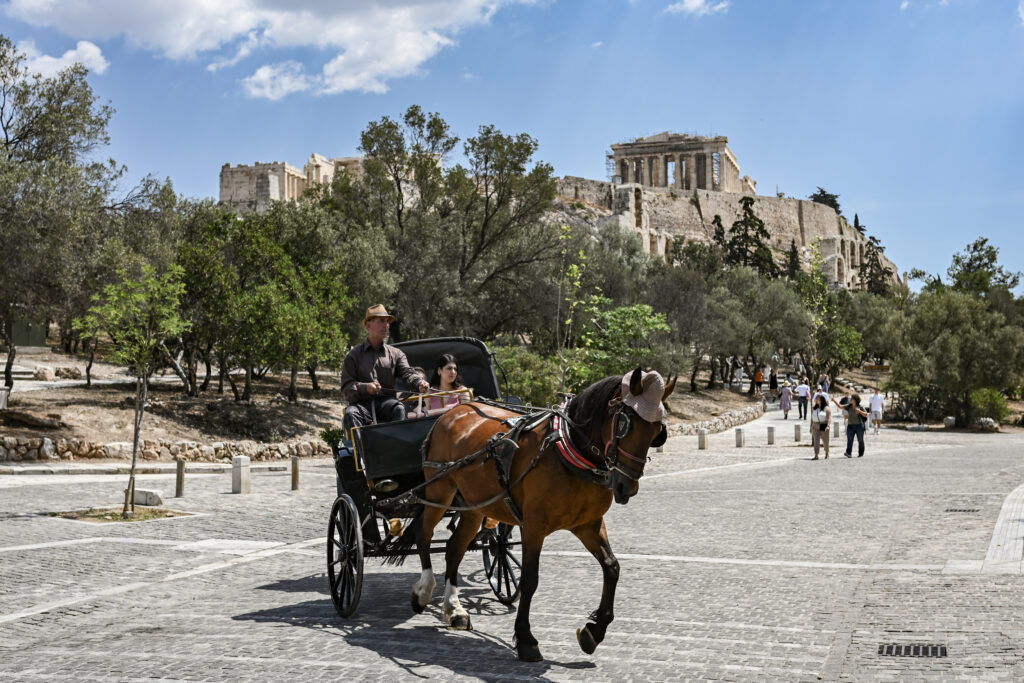Energie: “des filières entières vont licencier” en cas de moratoire sur les renouvelables, selon Ferracci
Des “filières entières vont licencier” si un moratoire sur le financement des énergies renouvelables devait être décidé, car il y a beaucoup d’emplois industriels associés à l’éolien et au photovoltaïque, a souligné mardi le ministre de l’Industrie, Marc Ferracci sur CNews et Europe 1.”Un moratoire sur les énergies renouvelables, ce serait d’abord un moratoire sur l’emploi. Ça veut dire plein de projets d’investissement qui vont s’arrêter, ça veut dire des filières entières qui vont licencier”, a déclaré le ministre.Ses propos interviennent le jour où le Sénat doit examiner la proposition de loi du sénateur Les Républicains Daniel Gremillet (Vosges) qui divise le camp macroniste et la droite depuis que le patron des Républicains Bruno Retailleau, membre du gouvernement, a plaidé pour la fin des “subventions publiques” pour l’éolien et le photovoltaique.”Je note qu’il (Bruno Retailleau, NDLR) a défendu les éoliennes par le passé lorsqu’il était président du conseil général de Vendée”, a relevé M. Ferracci.Évoquant les usines de Cherbourg, Saint-Nazaire, ou du Havre où sont fabriquées ou assemblées des pâles et composants d’éoliennes, le ministre a fait valoir les “8.000 emplois” de la seule filière des éoliennes en mer.”Si on étend cela à toutes les énergies renouvelables, le photovoltaïque, ce sont des dizaines de milliers d’emplois, a-t-il ajouté.Sans jamais prononcer le mot de climat, le ministre a souhaité la fin de la “guerre de religion” entre nucléaire et renouvelables. Il a notamment souligné l’enjeu de “souveraineté énergétique” de l’éolien et du photovoltaïque.”Aujourd’hui, nous avons besoin d’électrifier nos usages pour moins dépendre du gaz et du pétrole: 60% de notre consommation énergétique, c’est du gaz et du pétrole importé, c’est 70 milliards d’euros de déficit sur notre balance commerciale et c’est une dépendance vis-à-vis de la Russie” notamment, a-t-il fait valoir.”Certaines énergies renouvelables, l’éolien terrestre en particulier, sont aussi compétitifs — autour de 70 euros du megawattheure pour le coût de production — que le nucléaire existant”, a-t-il ajouté. “Le sujet c’est électricité décarbonée contre énergie fossile. Moi, ce que je veux, c’est qu’on sorte de la dépendance au gaz et au pétrole que nous importons”, a-t-il dit.Devant les sénateurs l’après-midi, le ministre a par ailleurs rappelé l'”ambition claire du gouvernement” de publier le décret de la programmation pluriannuelle de l’énergie, très attendu des acteurs de l’énergie, “avant la fin de l’été”, sans attendre la 2e lecture de la proposition de loi Gremillet à l’Assemblée nationale.”C’est indispensable pour donner de la visibilité aux porteurs de projets, indispensable pour lancer les appels d’offres pour l’éolien en mer (…), indispensable pour que nos industriels investissent, que nos territoires planifient”, a justifié le ministre. La 2e lecture de la proposition de loi Gremillet à l’Assemblée nationale devrait avoir lieu les 22 et 23 septembre, ce qui permet d’envisager une adoption définitive de la proposition de loi autour de la mi-octobre, selon plusieurs parlementaires.Or le Sénat et son président Gérard Larcher ont plaidé ces derniers jours pour que le gouvernement attende la fin des débats parlementaires pour publier le décret. Le ministre a assuré que cette “programmation serait aménagée par rapport à celle qui a été mise en consultation en mars 2025 pour tenir compte des débats parlementaires et des votes”.





